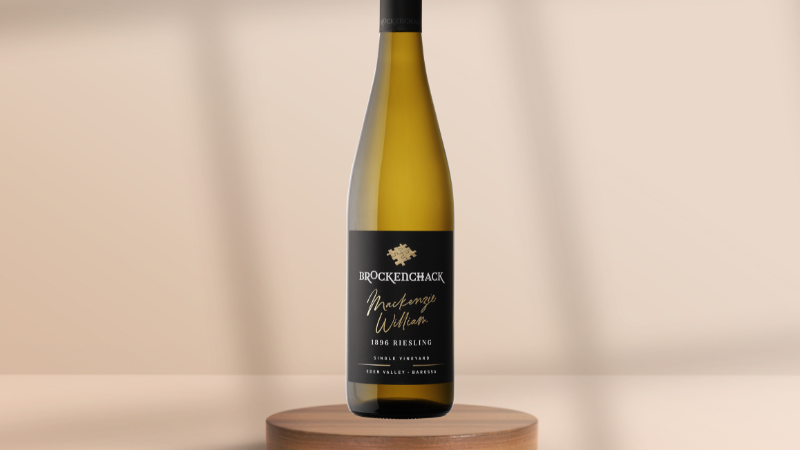How can you tell if a Riesling is a sweet, or a dry wine, or somewhere in between, before buying it?
You’ll want to find out what its residual sugar level is…
During winemaking, when yeast is added to grape juice, the sugar acts as food for the yeast, allowing the yeast to multiply and undergo the fermentation process, which creates alcohol.
Residual sugar is the amount of leftover sugar in a wine after fermentation. It is measured in grams per litre (g/L) and the more residual sugar, the sweeter the wine.
A dry wine has very little to no residual sugar, meaning it has been fermented completely.
Sweeter wines occur when the grapes have high sugar levels (when they’ve been left on the vine longer during the ripening process, like with a dessert wine), or when a winemaker stops fermentation once the wine has reached its desired sweetness level.
But you’ll find producers don’t often list the residual sugar on the back label, so look for the ‘dry’ or ‘bone dry’ descriptor on the back, or simply ask your retailer or server.
- Dry: 0 – 4 g/L
- Off dry: 5 – 11 g/L
- Medium sweet: 12 – 35 g/L
- Sweet: Greater than 35 g/L
Many people associate Riesling with sweet wines because that’s the way our grandma’s generation used to drink it. But not anymore… not for a long time!
Our Mackenzie William 1896 Riesling has a mere 0.5g/L, meaning there is no sweetness whatsoever. Just juicy delicious flavours.
We hear so many people at wine tastings say ‘oh I don’t like Riesling’, but we always encourage a taste because if you don’t like it you can simply tip it out. Upon that first sip we see the eyes get bigger and hear ‘wow, now that’s delicious’…
Moral of the story – be open to tasting everything because you just never know when you’ll find your next favourite!

